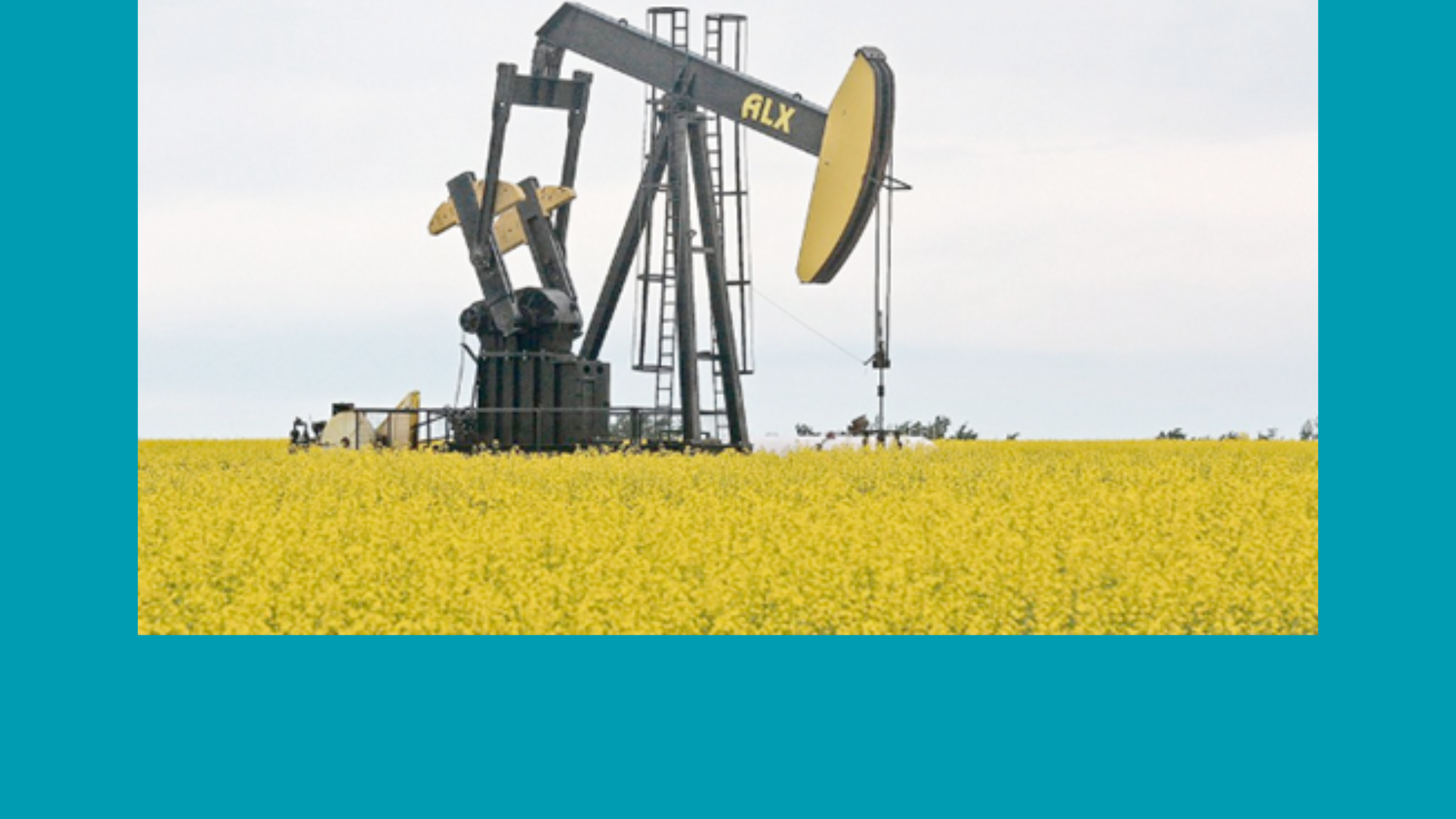In a similar vein to all commodities in recent months, canola has had an interesting journey in recent history. Down, doom and gloom, wondering what was going to make it go up, to in a relatively short space of time being, well, decent.
As per the basic economic theories, supply and demand, with a sprinkle of market manipulation, are again present.
A quick rundown of recent events includes:
- America announcing a 25% tariff on Canadian imports – Not good for canola
- America postpones a 25% tariff on Canadian imports – Good for canola
- China announces a tariff on Canadian canola products – Not good for canola
- 12-day war – Increasing crude oil prices – Good for canola
- A 12-day war truce was announced, and canola went back to pre-war prices.
With the above scenarios, this has a quick impact on pricing as the market reacts to the unknowns, but there is limited opportunity to participate.
What else is bubbling along in the background?
- Progress in 45Z Tax Credit – This might be good for canola, and it is expected to influence prices over the long term by influencing supply and demand at a fundamental level – maybe!
Hang on! What is 45Z!!!
The American clean fuel production credit, Section 45Z of the Inflation Reduction Act (IRA), of course!
Depending on who won the American election, it was seen as a factor in whether this legislation was likely or not. Donald Trump won, with the initial thinking being that the tax credit would disappear, but via lobbying of the energy industry, largely keen on the tax credit, it looks to be progressing via the big, beautiful bill.
The glass is both half full and half empty at the moment, depending on which rules are applied in the finished legislation.
The U.S. Environmental Protection Agency (EPA) has proposed a massive increase in the biomass-based diesel mandate, reaching 5.86 billion gallons by 2027.
In theory, this is good news for Canadian canola. However, the proposed rules would only allow foreign biofuels and feedstocks to generate 50% of the Renewable Identification Numbers (RIN) credit value compared to U.S. biofuels (America First). This “50 per cent haircut” will severely restrict Canadian canola oil’s competitiveness.
The rules are still being written, and the large size of the renewable fuels proposal is a positive, but how much Canadian canola will participate is still a question mark.
The Canadian Canola Conundrum
Canada is a global powerhouse in canola production and exports, with approximately 90% of its production (as seed, oil, and meal) destined for international markets.
Given the importance of finding a market for the volume of canola, Canada has been lobbying hard to make sure canola is seen as a viable option for 45Z.
The guidance on Section 45Z of the U.S. Clean Fuel Production Credit has been a complex and evolving issue, particularly concerning feedstocks like canola.
Adding to the challenge, the proposed “One Big Beautiful Bill” in the U.S. House vs Senate proposals which differ.
- The House version limits the 45Z credit to fuels from North American-grown feedstocks (U.S., Mexico, Canada), seen as a good thing for integrated markets.
- The Senate version, however, would reduce the credit by 20% for fuel produced from feedstocks grown outside the U.S. starting in 2026. This would penalise Canadian canola oil.
So how does this effect Australian thinking?
Australia is also a major canola producer, with Western Australia accounting for over 50% of the nation’s output. Most Australian canola is exported, primarily to Europe for biofuel production and to Asia for human consumption. Australian canola is recognised for its high oil content and its ability to be certified as meeting sustainability criteria for biofuel.
While Australia has a strong existing market in Europe for canola-based biofuel, the evolving US policy could indirectly impact its global demand.
If Canadian canola, previously destined for US biofuel, seeks alternative markets, it could increase competition in other regions, potentially affecting Australian export prices and volumes.
Alternatively, Australia could be well-positioned to capitalise on shifts in global demand and increase its canola oil exports, especially if the US market for canola oil opens up under a revised 45Z framework or if other markets for renewable diesel grow.
Looking Ahead: Uncertainty and Opportunity
While 45Z is designed to incentivise the production of low-carbon transportation fuels in North America, its will have substantial impacts on the demand for canola from key exporting nations, such as Canadian Canola going into America, leading Australian Canola not to have to compete directly with Canadian Canola.
For Canada, securing a more favourable set of rules is paramount to maintaining its lucrative US biofuel market.
For Australia, while not as directly exposed to the immediate impact of 45Z on its primary biofuel markets, the overall shifts in global renewable diesel feedstock demand will be a key factor to watch.
Supply and demand (with a sprinkle of market manipulation).


